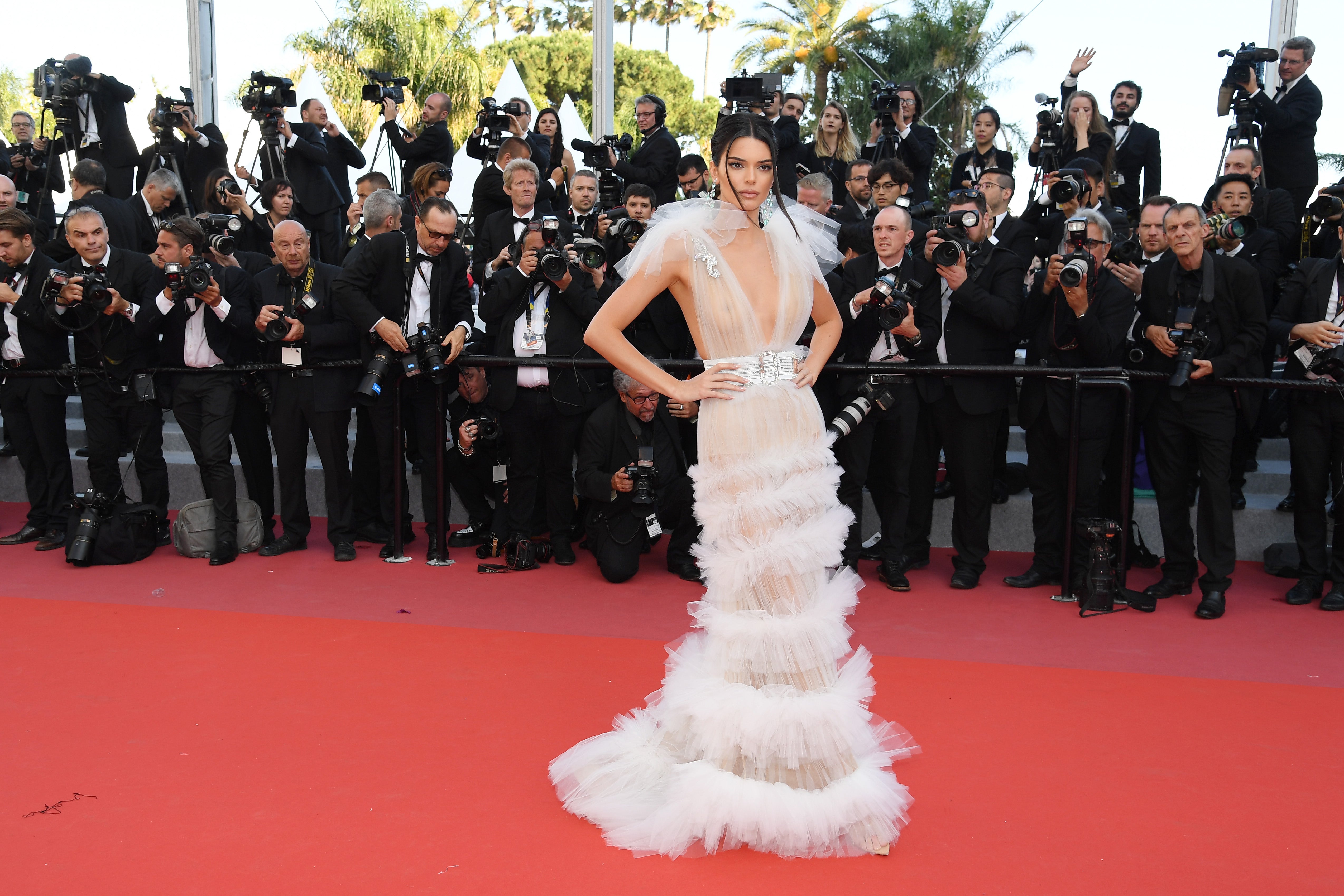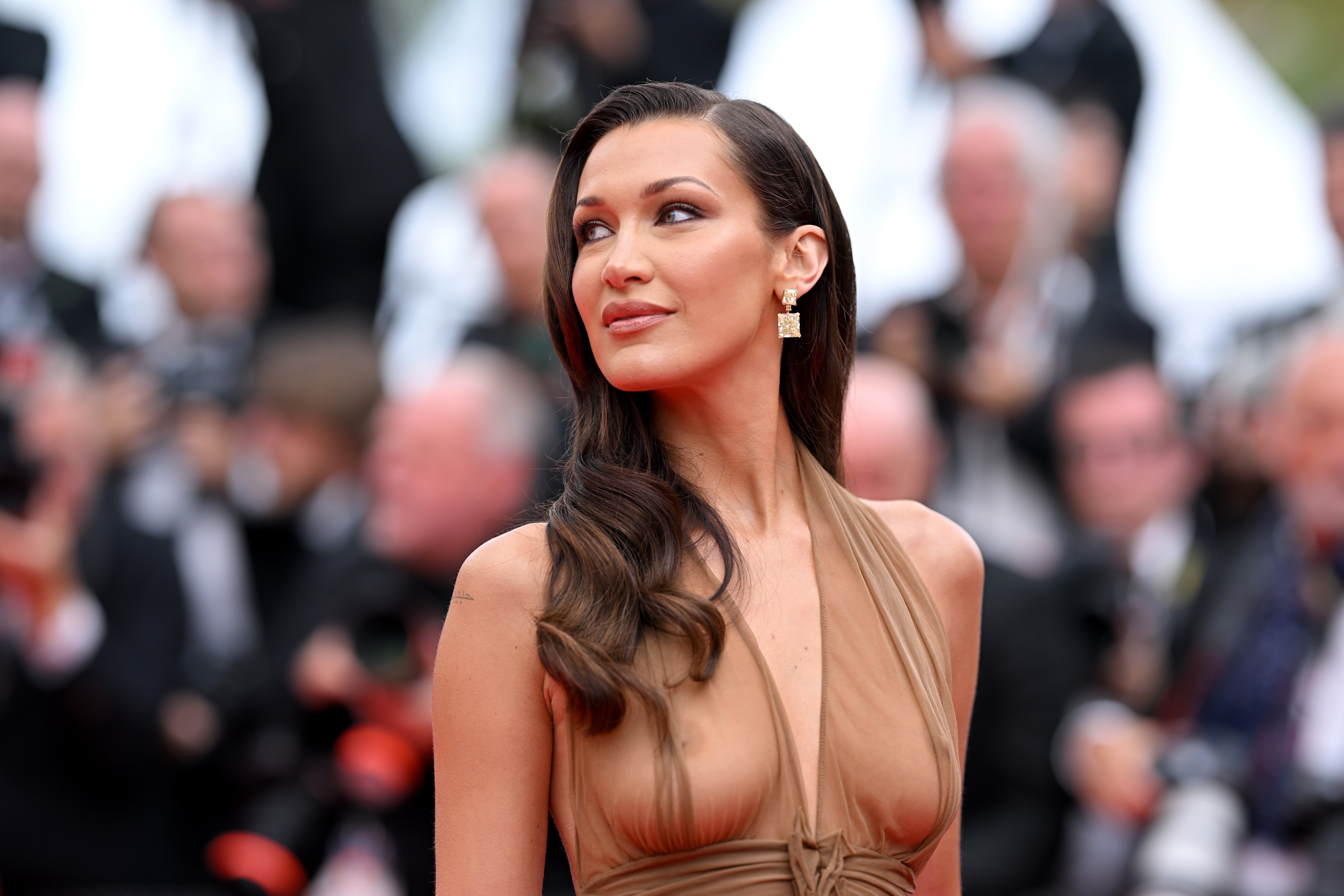ARTICLE AD BOX
Few red carpets rival that of Cannes. For decades, the French film festival has been renowned for its sartorial significance, drawing celebrities from far beyond the world of cinema to show up and make a statement. Actors, models, musicians and – more recently – influencers and nepo babies have all made headlines for their bold Cannes looks. Does it matter that the guests often have no connection whatsoever to the film premiere they’re attending? No. A lot of the time, they don’t even bother with the screening – they just leave right after striking their pose, and strut off into the French Riviera sunshine for their next photo opp.
The festival of film has become a festival of fashion, and that might have something to do with the fact that, in recent years, the outfits have been a little less substantial, to say (and wear) the least. I’m talking about naked dresses – sheer, often flimsy gowns that flash the flesh. Everyone from Bella Hadid and Elle Fanning to Natasha Poly and Kendall Jenner have worn see-through looks on the Cannes red carpet. Last year, Hadid, who frequently turns heads in her Cannes looks, wore a sheer, nude Saint Laurent dress from the label’s most recent collection. The choice prompted worldwide coverage, with everyone focusing on the same thing: that the model’s outfit exposed her breasts. Mentions of the film Hadid was attending the premiere for (The Apprentice) paled by comparison.
All this might be about to change – because Cannes has changed its dress code. “For decency reasons, nudity is prohibited on the red carpet, as well as in any other area of the festival,” the website now states under guidelines for its evening gala screenings at the Grand Théâtre Lumière. “Voluminous outfits, in particular those with a large train, that hinder the proper flow of traffic of guests and complicate seating in the theatre are not permitted. The festival welcoming teams will be obligated to prohibit red carpet access to anyone not respecting these rules.”
This rather stern statement marks a major shift, one that will undoubtedly elicit a degree of panic among celebrity stylists who will have spent the past few months planning melodramatic looks for their clients. “Choosing an outfit for the red carpet is not as simple as plucking something from your wardrobe,” says stylist Emma Lightbrown. “Many celebrities have specific brand partnerships, so the logistics of getting another outfit, having it tailored to fit perfectly and sourcing all the matching jewellery, shoes and accessories is going to be a challenge.”
To be clear, naked dressing is nothing new. In fact, wearing sheer clothing that exposes one’s body is a trend that harks back to the 1920s, when It girls such as Clara Bow wore semi-transparent clothing. Meanwhile, fashion designers have been sending models down the runway in see-through garments for time immemorial, but it was in the Nineties, when the look was popularised by Kate Moss, that it started to garner more mainstream appeal.
In recent years, it’s the rise of Y2K fashion – as well as a perennial obsession with all things Nineties – that’s prompted the resurgence of naked dressing. For a while, it felt disruptive. Flashing a nipple or a bum cheek in broad daylight was like putting the finger up to the patriarchy. If someone had the confidence to do it, good for them. And anyone who felt shocked or horrified by it, well, that was their problem. It was a way of reclaiming a woman’s body through her own gaze instead of a man’s. It was fresh, fun, and revolutionary. Now, though, that excitement has abated.

“Rules are meant to be broken in fashion,” says writer and internet personality Camille Charriere. “I’m all for that kind of thing. But I don’t think anybody could argue that wearing a naked dress has the same subversive power it did a few years ago. It’s been so done. Maybe it can be OK if it’s in line with the theme of the film, but doing it again and again from people who are not part of those stories… I don’t know if it serves the purpose.”
If anything, given how popularised naked dressing has become, it would be revolutionary to arrive on the red carpet completely covered up. “I’m quite into the idea of bringing back some proper dress code rules,” adds Charriere, who is half-French. “Everything has got so muddled and I think it’s quite nice to abide by a certain etiquette when you’re attending something very specific that serves to promote something other than yourself. I always criticise the French for being too traditional but there’s something to be said for reminding people why they’re at a certain event. I know a lot of people who walk up that carpet and come straight off the other end without watching the film.”

The new dress code might also serve the film industry better, too, shifting the focus back from fashion to the world of cinema. After all, going to see a film is a community experience that is becoming increasingly fraught, thanks to a spate of closures of independent cinemas and the perennial shift to streaming-only business models. These factors, combined with the fallout from the recent writers’ and actors’ strikes, mean the film industry arguably needs our attention now more than ever before.
“Cannes has been hijacked by fashion; it’s not for brands to promote their designs,” adds Charriere. “It’s to ensure the film industry receives the eyeballs it needs.” For too long, fashion has been drawing attention away from everything Cannes is supposed to be about: film, art, and collective experiences. It's about celebrating the ability to immerse yourself in other people's stories, to temporarily step outside of your own world. The performances, then, should be reserved for those on screen. Not those on the red carpet.









 English (US) ·
English (US) ·